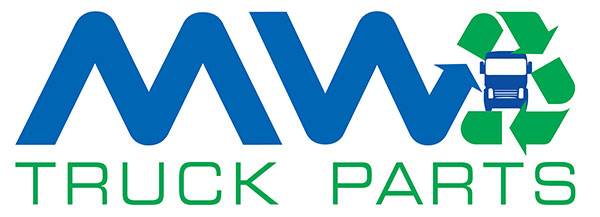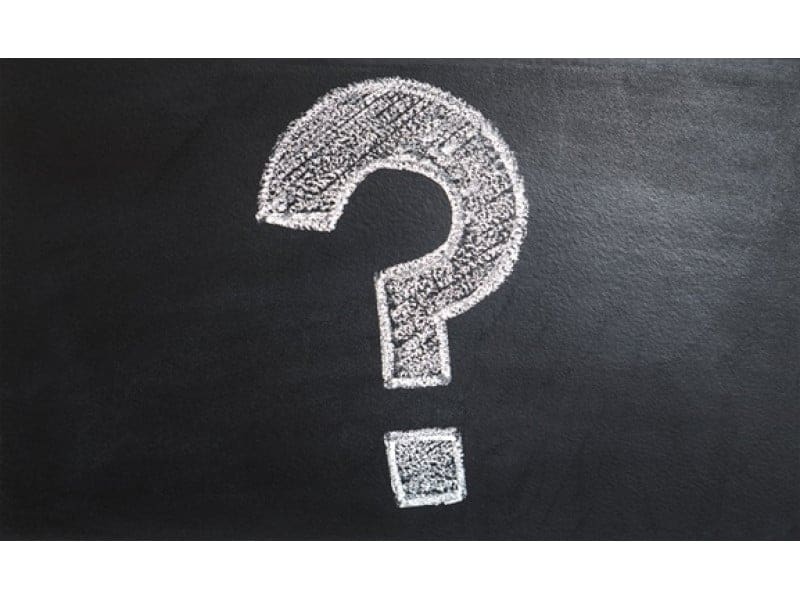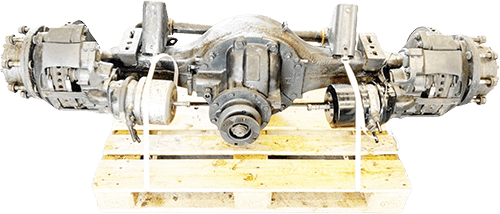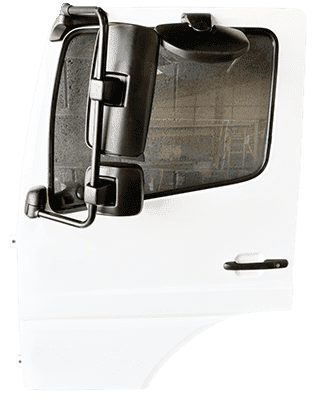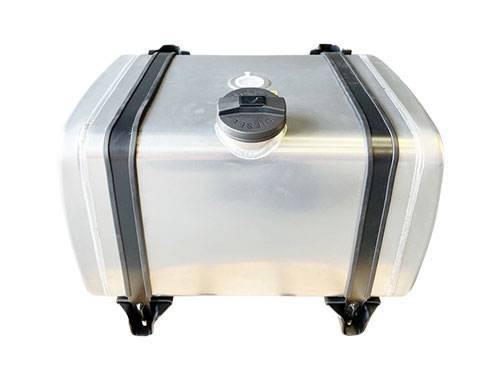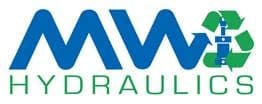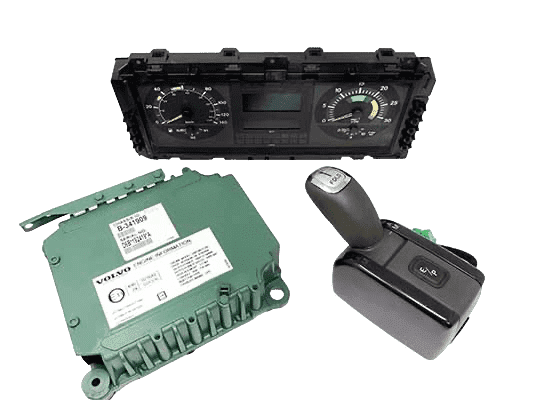A common question arises for anyone looking to power multiple hydraulic accessories from a truck: should I get a 2-line or 3-line hydraulic wet kit?
A 2-line wet kit is simpler and utilises only two hydraulic lines – a pressure line to send pressurised fluid to actuate components and a return line to the pump reservoir. The pressure line feeds hydraulic accessories directly. In contrast, a 3-line wet kit employs an additional tank return line alongside the standard pressure and return line, with this extra line offering expanded functionality.
The mechanical differences
A 2-line wet kit works well for powering simpler tools like a hydraulic bed lift kit or crane – with only one feed line, all accessories draw from the same pressure source simultaneously, simplifying the configuration and reducing costs.
However, three-line systems allow for the simultaneous operation of multiple accessories by dividing flow across parallel tank return lines, enabling running a more powerful crane and air compressor simultaneously, for example.
Component-wise, 2 and 3-line vary considerably. Starting from the pump, reservoir size, filtration mechanisms, and gauges can differ based on the intended application. Valves vary, with 3-line systems utilising sophisticated spooling control and diverter valves to manage multiple return lines. Hoses, fittings, coolers, and mounting hardware can change between 2 and 3-line arrangements tailored to expected functionality.
When is a 2-line or 3-line wet kit best?
When should someone choose a 2-line over a 3-line or vice versa? A two-line wet kit works well for most tools, such as a basic utility bed, or occasional hydraulic use.
Two-line kits have lower initial costs but cannot power multiple tools together. Someone needing the ability to operate a crane, compressor, and pneumatic tools will require an advanced 3-line system – these have much greater hydraulic muscle for intensive duty use at the expense of added complexity and upfront price.
What about single-line wet kits?
A single-line wet kit has a single hydraulic line providing pressure feed and return functionality. This simplified design connects all included accessories in parallel off the main feed line or power take-offs (PTO).
Compared to 2 and 3-line systems, single-line kits provide the most basic hydraulic functionality for powering accessories like a tipper bed, small crane, or air compressor. They are lower cost than their multi-line counterparts and have simpler installation since only one hose needs mounting.
Read our single vs twin-line wet kit article for more information.
Summing up
Hydraulic system selection depends wholly on the intended application and accessories required. Our years of breaking trucks have shown that a 2-line wet kit handles basic requirements sufficiently at a reasonable price point, while 3-line wet kits have more scope for powering multiple high-flow accessories in tandem.
We are suppliers of bespoke and pre-assembled hydraulic wet kits. Browse our collection today and contact us if you have any questions.






